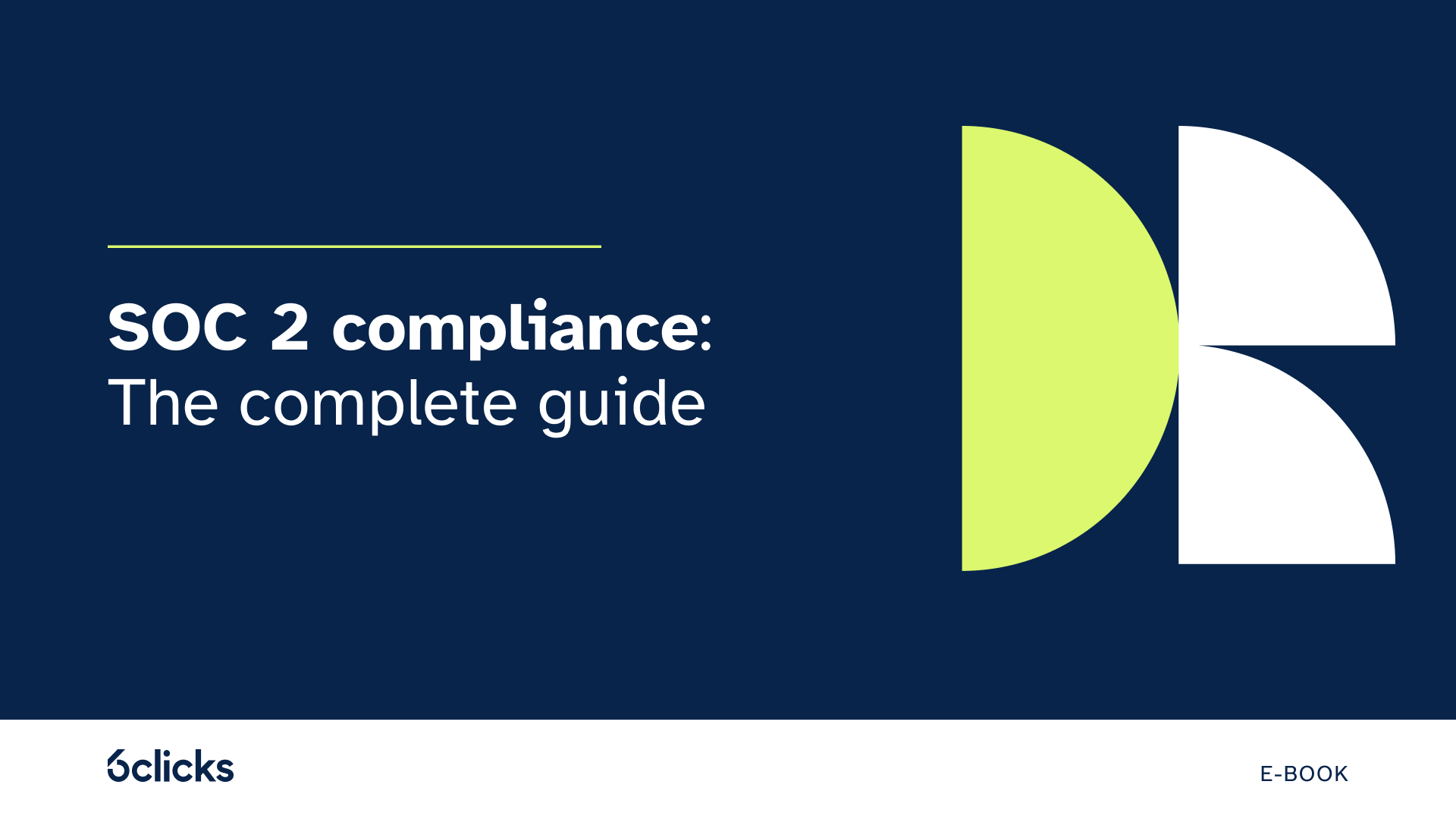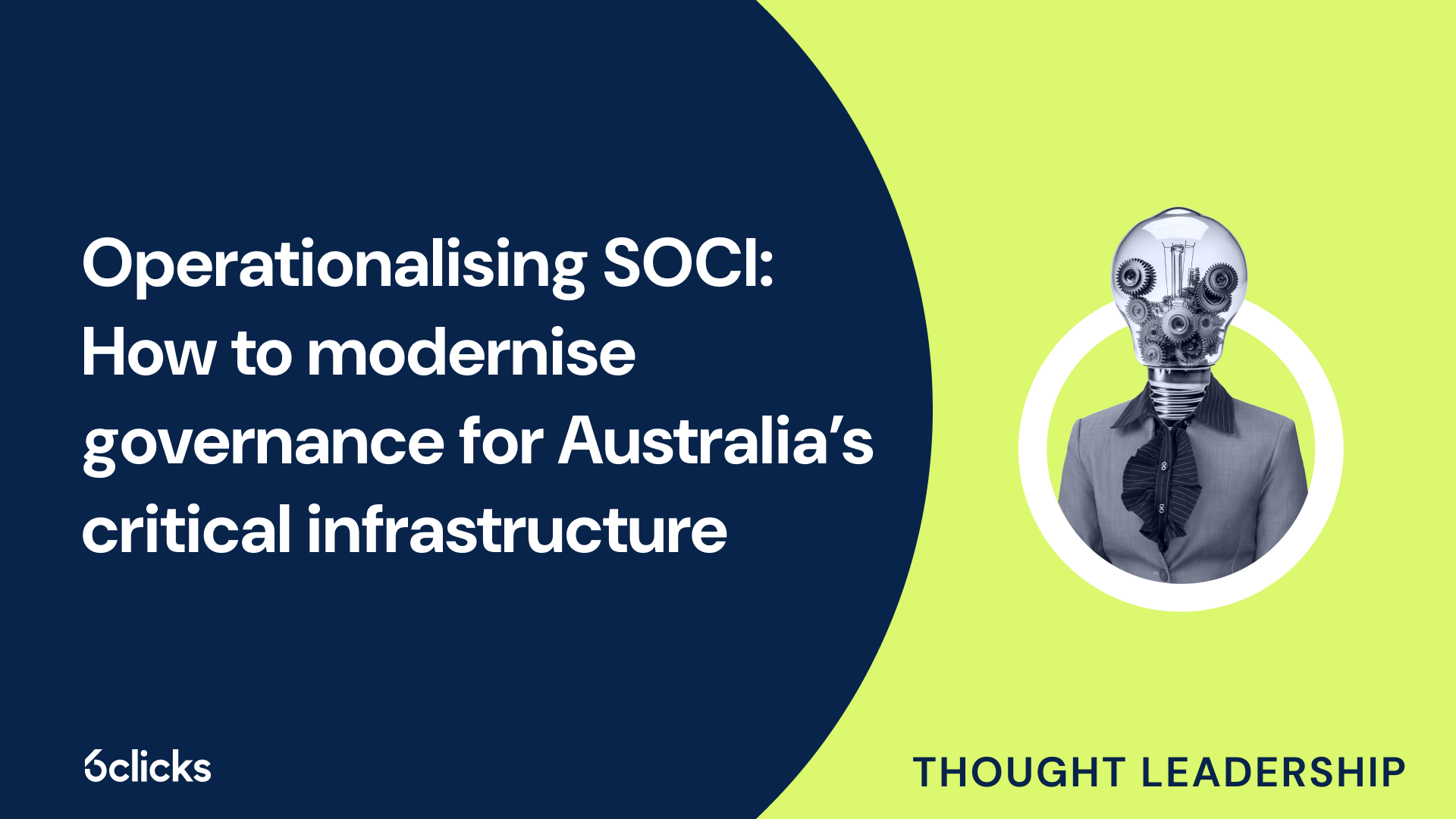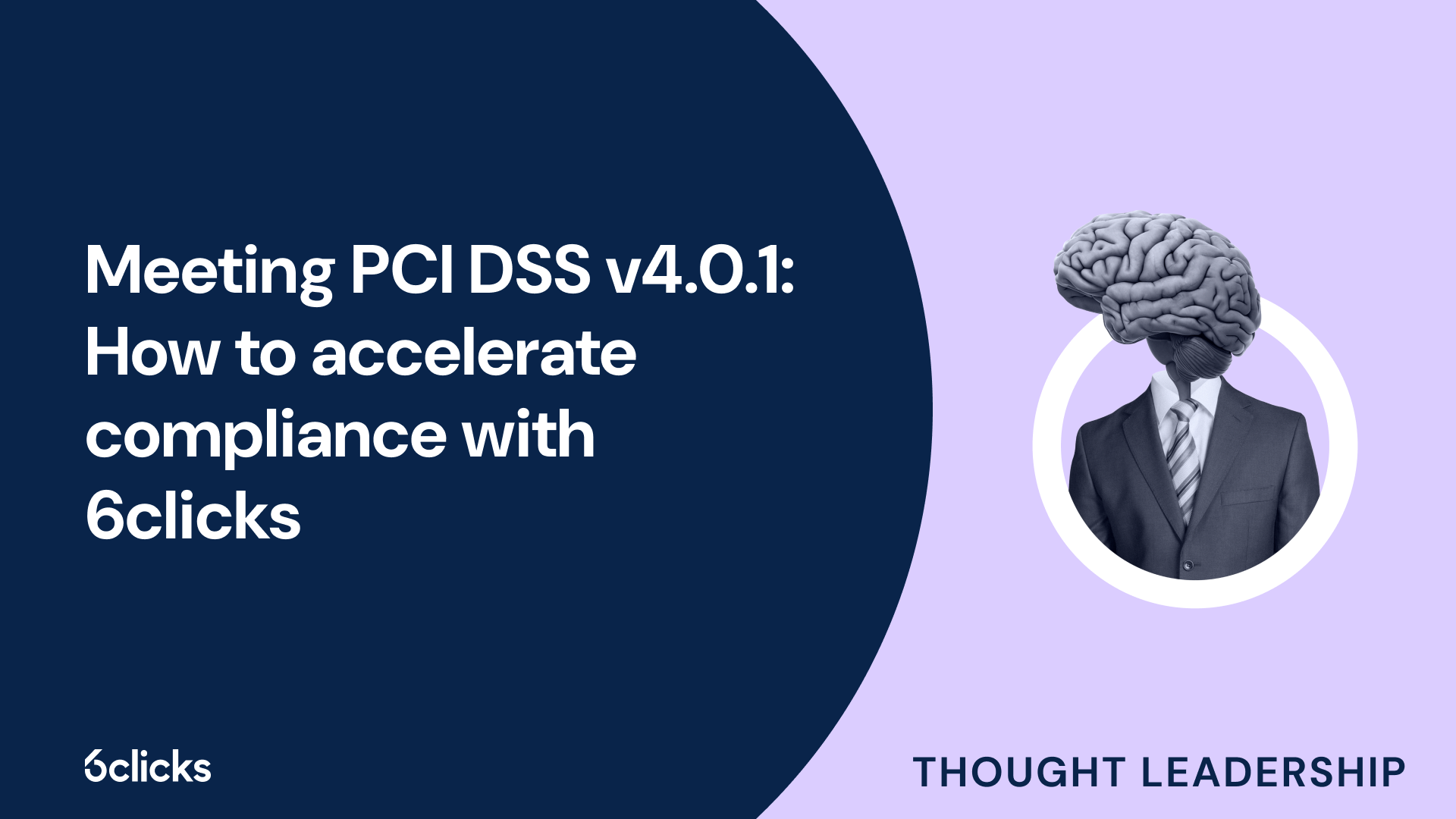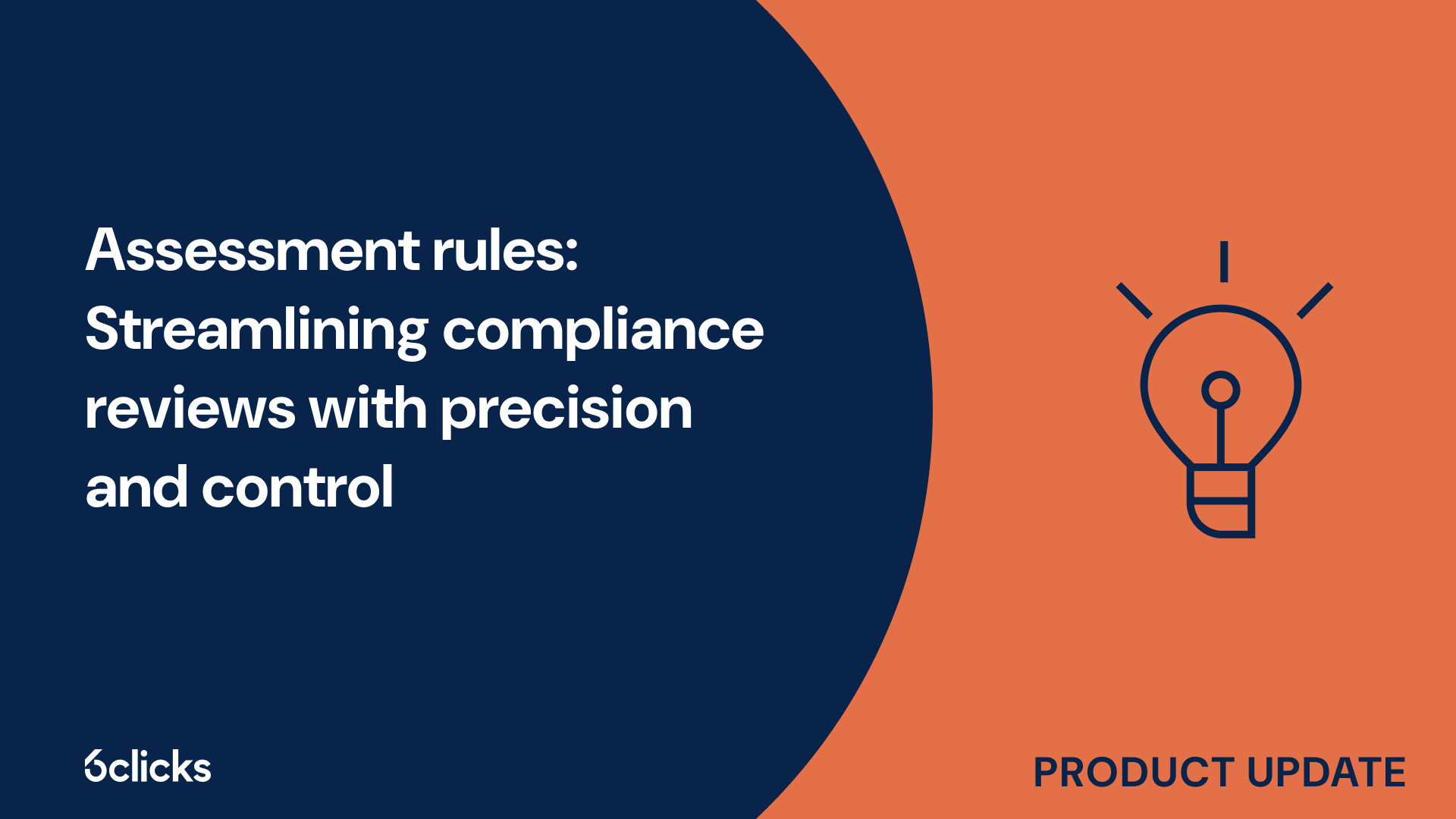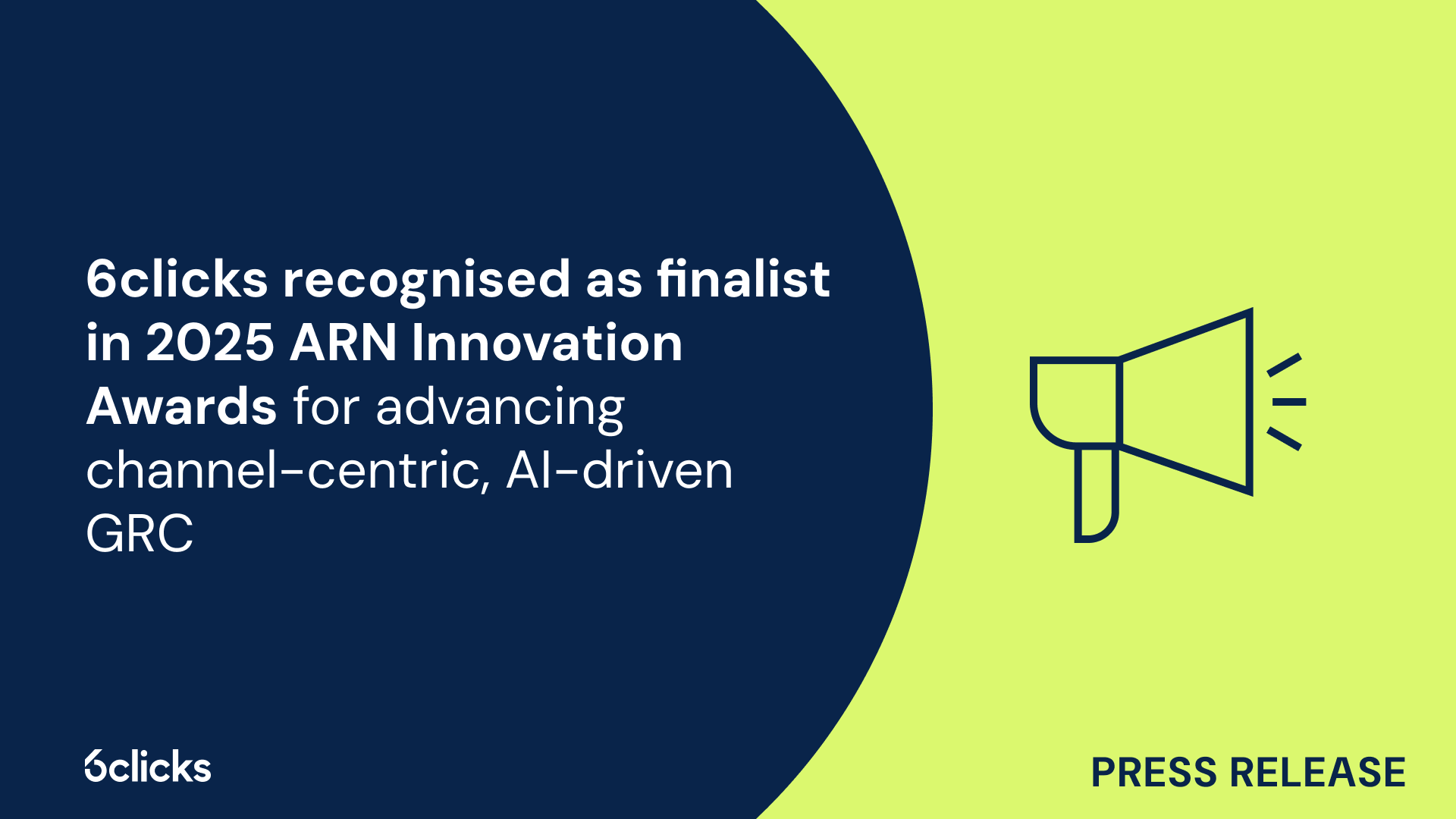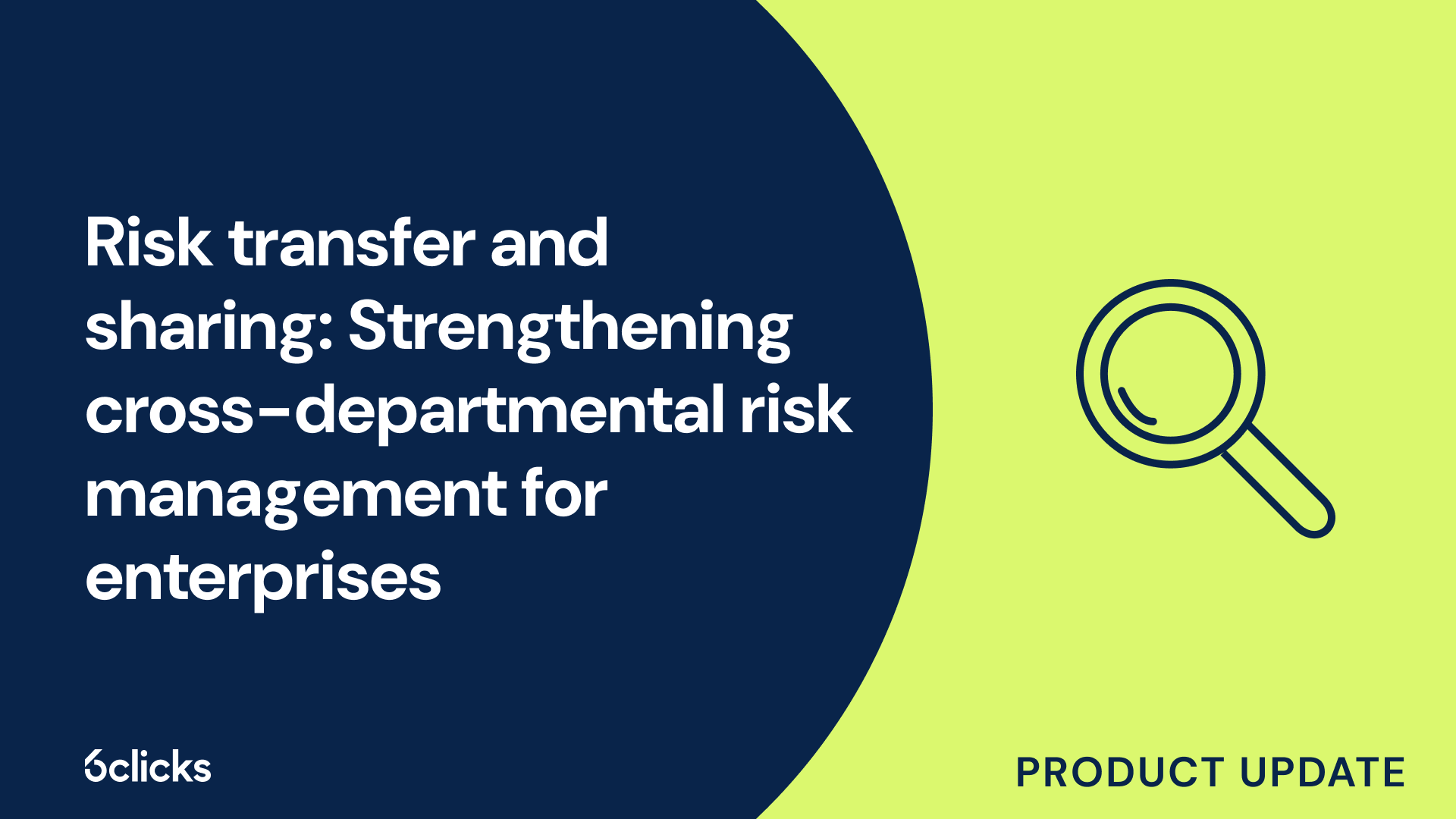Cyber resilience with NIST CSF in 2025
Master cyber resilience in 2025 with this expert guide to the NIST Cybersecurity Framework. Learn how to assess risk, improve security posture, and automate compliance with AI-powered solutions from 6clicks.
-1.png?width=200&height=249&name=Group%20193%20(1)-1.png)
Cyber resilience with NIST CSF in 2025
What steps are required to achieve NIST CSF compliance?
TL;DR: Achieving alignment with the NIST Cybersecurity Framework involves understanding its core components, assessing your current state, defining a target profile, and implementing prioritized actions—supported by governance, monitoring, and continuous improvement.
While NIST CSF is not a regulatory requirement or “certification” in the traditional sense, the 6clicks guide Cyber Resilience in 2025: Your Smart Guide to NIST CSF explains how organizations can achieve full alignment with the framework—resulting in improved cybersecurity maturity, stronger resilience, and audit-readiness for other standards.
Compliance with NIST CSF is about demonstrating that your cybersecurity practices are structured, risk-informed, and mapped to framework outcomes.
6 key steps to achieve NIST CSF alignment:
-
Understand the CSF structure
Familiarize your team with the six core functions, categories, subcategories, Tiers, and Profiles. -
Conduct a Current Profile assessment
Evaluate your existing practices against the CSF outcomes using internal assessments or platforms like 6clicks. -
Develop a Target Profile
Define your ideal cybersecurity outcomes based on business goals, risk appetite, and compliance obligations. -
Perform a gap analysis
Identify where current practices fall short of your target—and what resources or changes are needed. -
Implement controls and improvements
Map specific security controls, policies, and procedures to address the gaps. Align them with other frameworks if needed (e.g., ISO, SOC 2). -
Track, audit, and improve continuously
Measure progress, update your Profile over time, and repeat the cycle annually or in response to major changes.
What NIST CSF compliance looks like in practice
-
Risk management is embedded into organizational decision-making
-
Core functions (Govern, Identify, Protect, Detect, Respond, Recover) are operationalized
-
Documentation, policies, and security activities are tied to CSF outcomes
-
Tier and Profile documentation shows strategic alignment
-
Evidence is available to satisfy auditors, regulators, and business partners
Even though NIST CSF doesn’t issue certificates, many organizations use third-party platforms, consultants, or internal audit programs to validate their implementation.
Need help achieving and demonstrating NIST CSF compliance?
Book a demo with 6clicks today to see how our platform streamlines CSF alignment—mapping controls, tracking maturity, managing risk, and producing audit-ready documentation.




